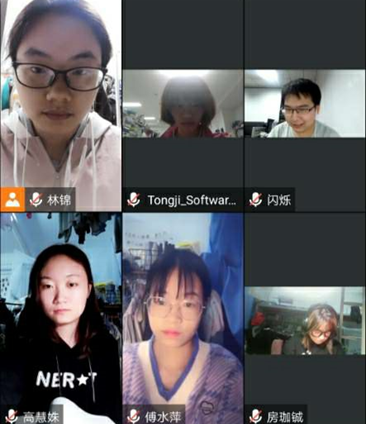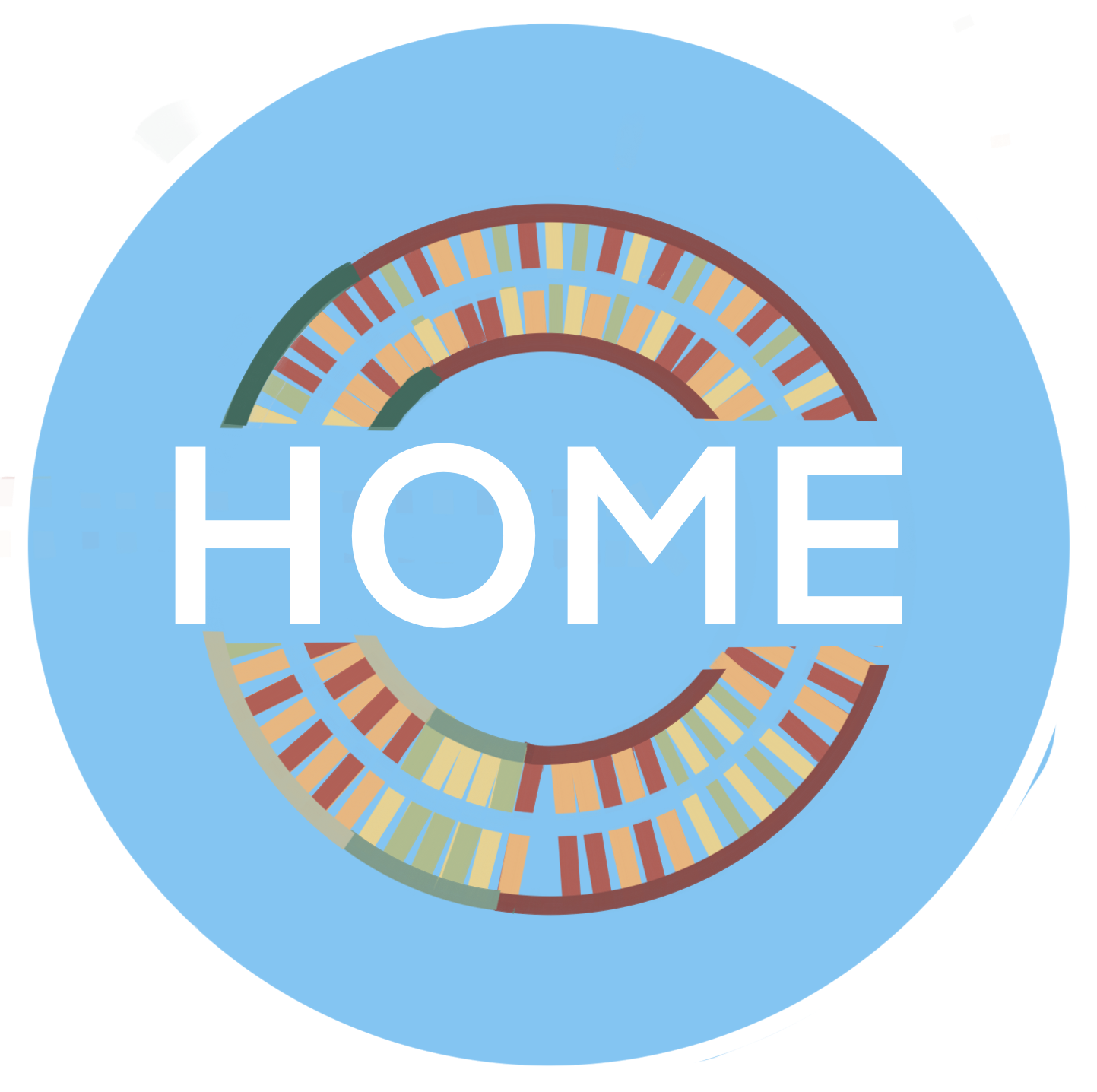Collaborations
Summarize
Choosing to compete this year was a very challenging decision for our OUC-R team. Our team was committed to participating in another competition, but that competition was cancelled due to the impact of the epidemic. However, our team did not want to give up, so we made a big adjustment to our project halfway, which was a test of our mentality.
But the other teams at IGEM helped us tremendously, and their help was one of the things that kept us going. Since there was a big difference between our project and that of other teams, we encountered great resistance in looking for possible cooperation. But we're also lucky to have some teams that can help us and that we can help.
1. OUC-China
Fortunately, we had a long-term and in-depth communication with another experienced team (OUC-CHINA Team). When we first learned about the content of this team, our team's interest was immediately aroused. Since then, we've worked together on a number of sections.
First of all, our team has been conducting experiments in vitro, and we used to detect transcription results by expressing ribozymes. But if we want to test in cells, we need a simple and convenient test. We have considered fluorescent protein and other substances as the promoter expression substances, but the sequence length of fluorescent protein is too large compared with the 86nt long double ring in our project, adding too long gene sequence will lead to unpredictable changes in the properties of our double ring. So when we saw another team using 3WJdB for testing, we immediately knew this was the way we wanted to test. After ouC-China understood our idea and communicated with us, they agreed to our idea.

Secondly, we hope to use the Z-HJ element as a truly intracellular regulatory element. We designed the tetO operon sequence of OUC-CHINA as a cruciform structure, and added APP sequence upstream. Simple changes to the original sequence can verify the influence of Z-HJ element on gene transcription without being regulated by inducers. At the same time, the influence of secondary structure changes of DNA on tetR protein and tetracycline control sequence can also be observed. This makes up for the blank of the basis for intracellular regulation in our project, which helps a lot to the extension of the project.
In terms of humanities, we took the advantage of the geographical location of two teams, to conduct a scene of popularization of synthetic biology for high school students, this is thanks to the support provided by the Qingdao Public Welfare Community volunteer service organization. We designed and carried out an educational campaign on the basic knowledge and special applications of synthetic biology, aiming to popularize this subject area and stimulate their interest in biosynthesis for senior high school students in Qingdao, China. The two teams gave presentations on in vitro and in vivo biological design projects respectively, and jointly introduced iGEM and biosynthesis, as well as laboratory environmental conditions, hoping to have good publicity and education significance.

2. Tongji-Software
As we talked to different teams, we learned that their team was doing something virus-related. At this time, our idea of constructing EScherichia coli expressing E3L protein and verifying intracellular Z-DNA binding protein by recombinant EScherichia coli gradually emerged. However, we were not sure of our idea due to our limited understanding of virus and intracellular environment. After communicating with the team from Tongji University, they confirmed our idea and provided us with information about the virus to improve our idea. We are very grateful for their help.

3. ICJFLS
We also successfully assisted a high school student team, ICJFLS, in their project, it required the transfer of three genes (ADG1,APL1 and GBSS1) into EScherichia coli for the synthesis of amylose, where ADG1 and APL1 are subunits of ADP glucose pyrophosphorylase (AGPase). But when they tried to clone these three genes into three vectors and carry out co-transformation, they ran into problems, and they asked our team for help. Fortunately, our lab had many different kinds of plasmids, and we suggested that they use the plasmid PETduet-1 to solve this problem, because this plasmid can insert two genes at the same time, it's a vector that contains two promoters and can be double-expressed, we sent this vector to them. After inserting ADG1 and APL1 into the petduet-1 plasmid, the team only needed to convert two plasmids to produce amylose, which was much easier than converting three plasmids. This plasmid helped them with their problem, we are very happy to be able to help other teams.

4. ECUST_China
We first discussed the general direction of our respective projects with the ECUST-China team through text messages. We learned that both teams were very willing to seek cooperation, so we arranged a meeting for both sides to have a deeper discussion. Through communication, we learned the design and application of their project in detail, and put forward some shortcomings and suggestions to each other. For example, the ECUST-China team put forward some valuable suggestions on how to obtain the feasibility basis of internal regulation for the structure designed by our project, which provided some inspiration for our project modeling work. After that, students in the software group of our team provided some professional advice and help for the shortcomings and optimization of their team's software scheme.

All in all, this cooperation was a pleasant journey for us to share with the ECUST-China team. Through this cooperation, we not only realized the importance of working together, but also learned many excellent aspects of them. We both have our strengths and weaknesses, through mutual communication, feedback and suggestions, the two teams can make up for the shortcomings of previous projects and promote progress. We realized that as iGEMers, we are such a colorful group of people with endless possibilities. As long as we support each other, learn from each other, and grow together, we can reach far more bridges than we ever thought.




